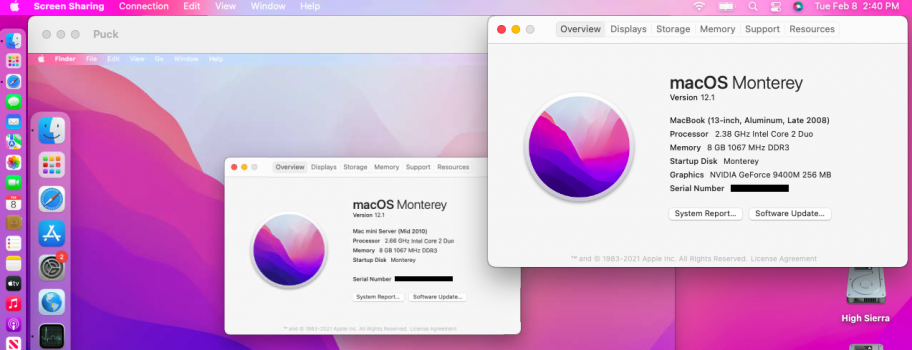Do yall have the CD-R music tax? I have a bunch of Maxell 'music' CD-Rs (burned Dreamcast games to them). What is a 'music' CD-R you might be wondering? It is just more expensive because of a tax that goes to record labels because CD-RS dont have any copy protection (I'm not joking). I bought them from a pharmacy store just because I could get them in person that day (now I use verbatim strictly).
In the UK we do not have a tax on CD-R's to compensate the music industry for piracy. Part of the reason why we ended up with even making personal copies of music that you've purchased being ruled illegal was the absence of a levy or tax. Here's an excerpt regarding the UK from an article that discusses the issue in the wider context of Europe.
“The situation has been similarly problematic in the UK. The UK did not initially introduce a private copying exception. However, in two independent reviews of the UK’s Intellectual Property system, the Gowers Review in 2006 and the Hargreaves Review in 2011, it was recommended that a private copying exception should be introduced. It was reasoned that this would reflect the behaviour of consumers, most of whom were not aware that it was unlawful to make copies of files to allow use on multiple devices. As a result, in October 2014, the UK Government introduced a private copying exception. Shortly after the exception came into force, a number of music industry stakeholders applied for a Judicial Review of the Government’s decision to introduce a private copying exception without a levy system. This judgment, handed down in 19 June 2015, found the exception to be unlawful under the InfoSoc Directive, since the evidence relied upon by the Government was insufficient to prove that no or de minimus harm would be caused by introducing the exception without a levy system. The UK government has since announced it is not currently intending to take further action to reintroduce a private copying exception.”
We're particularly shafted in the UK when it comes to copyright and content. Our free-to-air DVB-T2 PVRs/DVRs are crippled with a blanket DRM restriction that allows you to record and export standard definition TV recordings to a USB device but not anything that's high definition. This restriction applies even if you're recording a news channel or a home shopping network broadcast - the fact it's in HD automatically generates a copy-prohibit flag.
There are a few workarounds but for me it was easier to just repurpose a PC as a dedicated PVR/DVR and cram it with DVB-T and DVB-T2 PCI/e cards and then record and export/archive/edit whatever I choose, unfettered by these restrictions. This experience underscored the ridiculousness of the entertainment industry and how easily their petty machinations can be defeated by the technically inclined.
Last edited:







